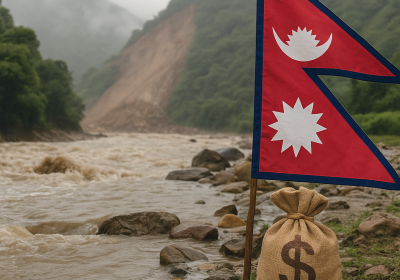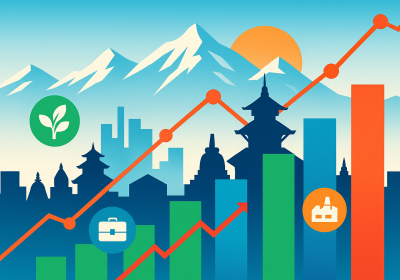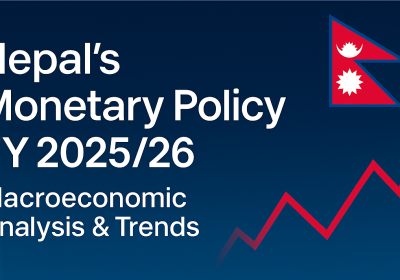Kathmandu’s streets fell eerily quiet under curfew, patrolled by soldiers, just days after mass protests rocked Nepal in early September 2025. The trigger was an abrupt social media ban that backfired spectacularly sparking the largest anti-corruption demonstrations in decades and leading to violent clashes in which 19 people were killed. By the time Prime Minister K.P. Sharma Oli resigned amid the public fury, fires lit by enraged youths had gutted government buildings across the country and shut down the capital’s international airport. This political earthquake struck just as Nepal’s economy was finally finding its footing again, raising urgent questions about what comes next. Can the fragile economic rebound withstand the shock of upheaval? What do past crises in neighbors like Bangladesh and Sri Lanka suggest about the road to recovery? And how will Nepal balance immediate stability with the protesters’ demands for deeper change?
Blog Post



